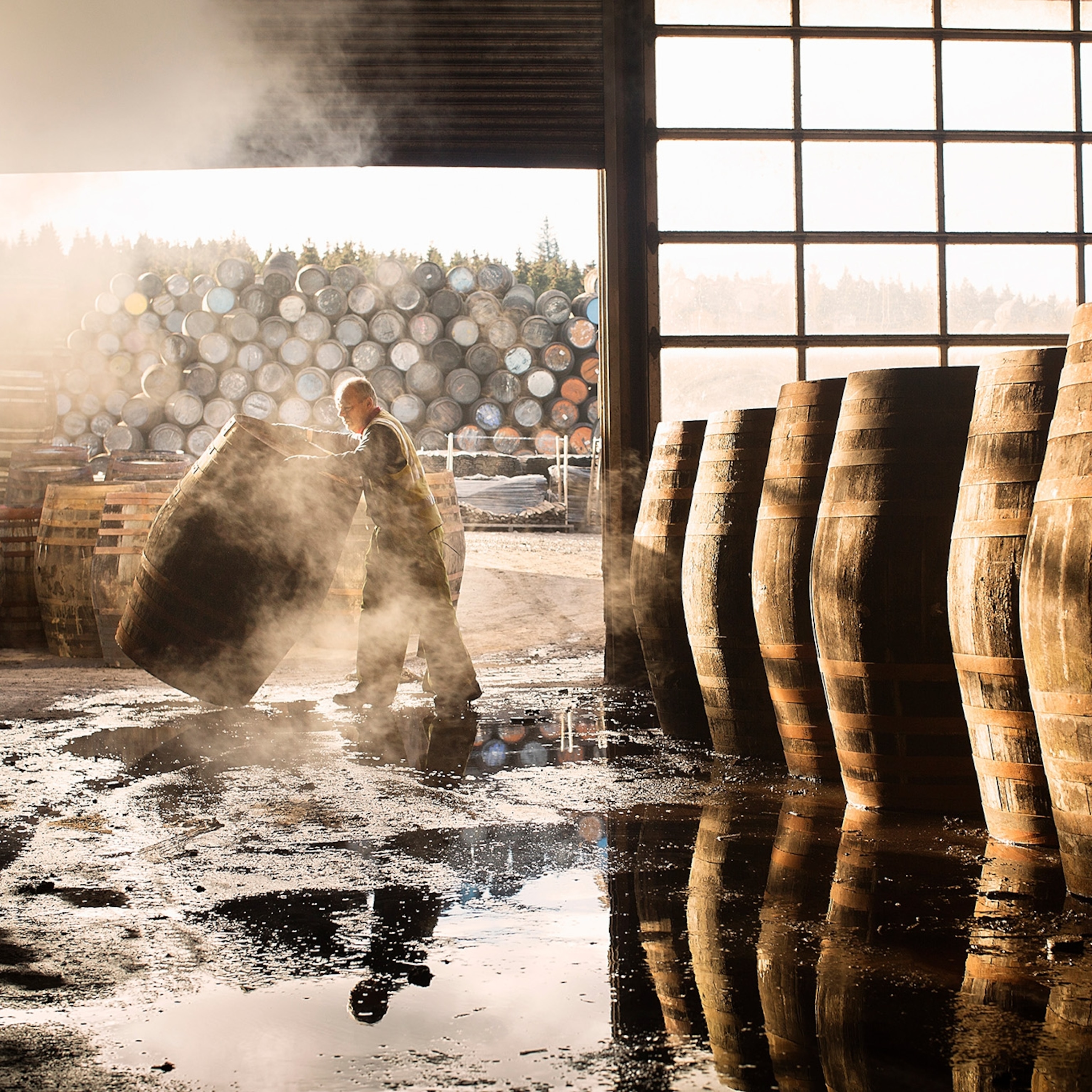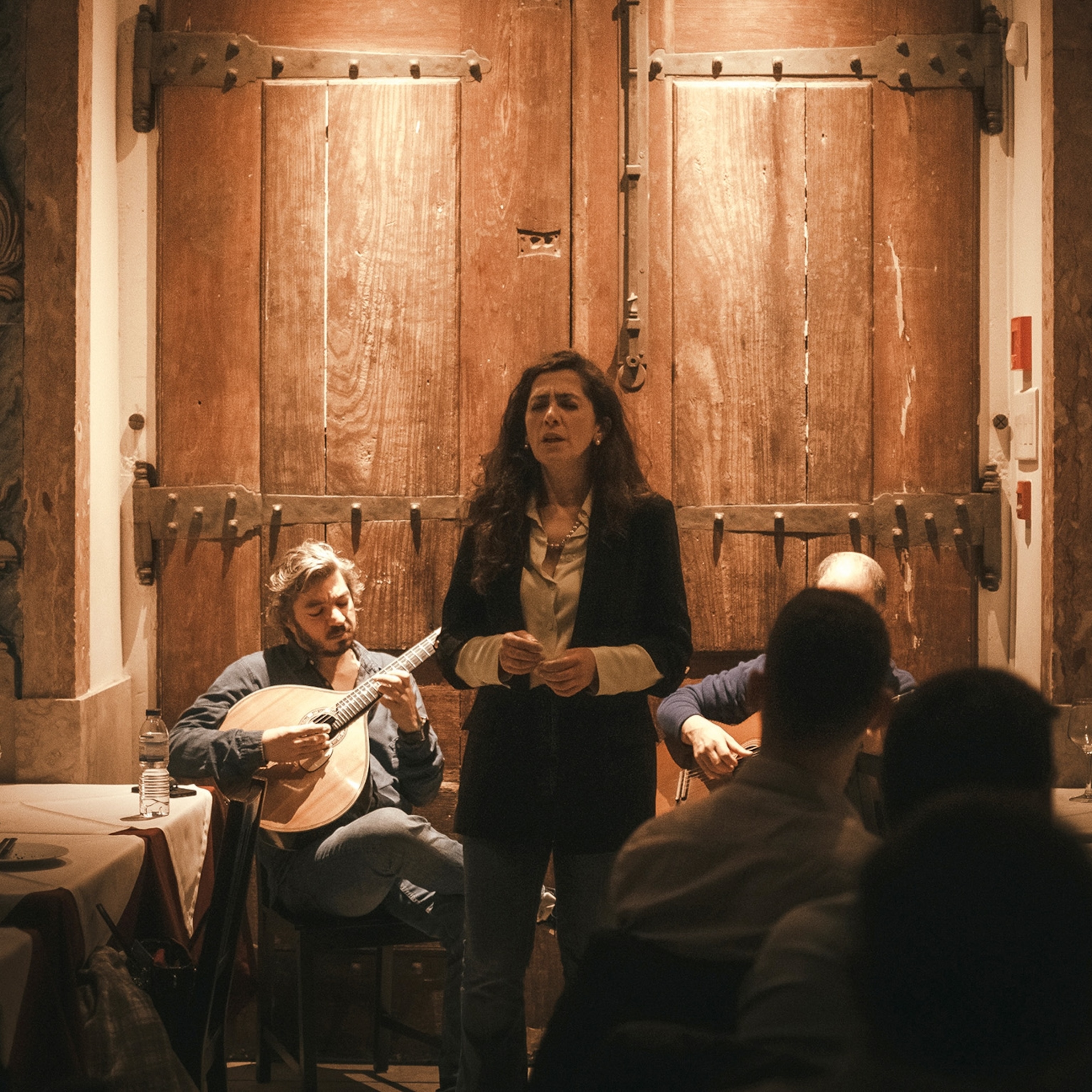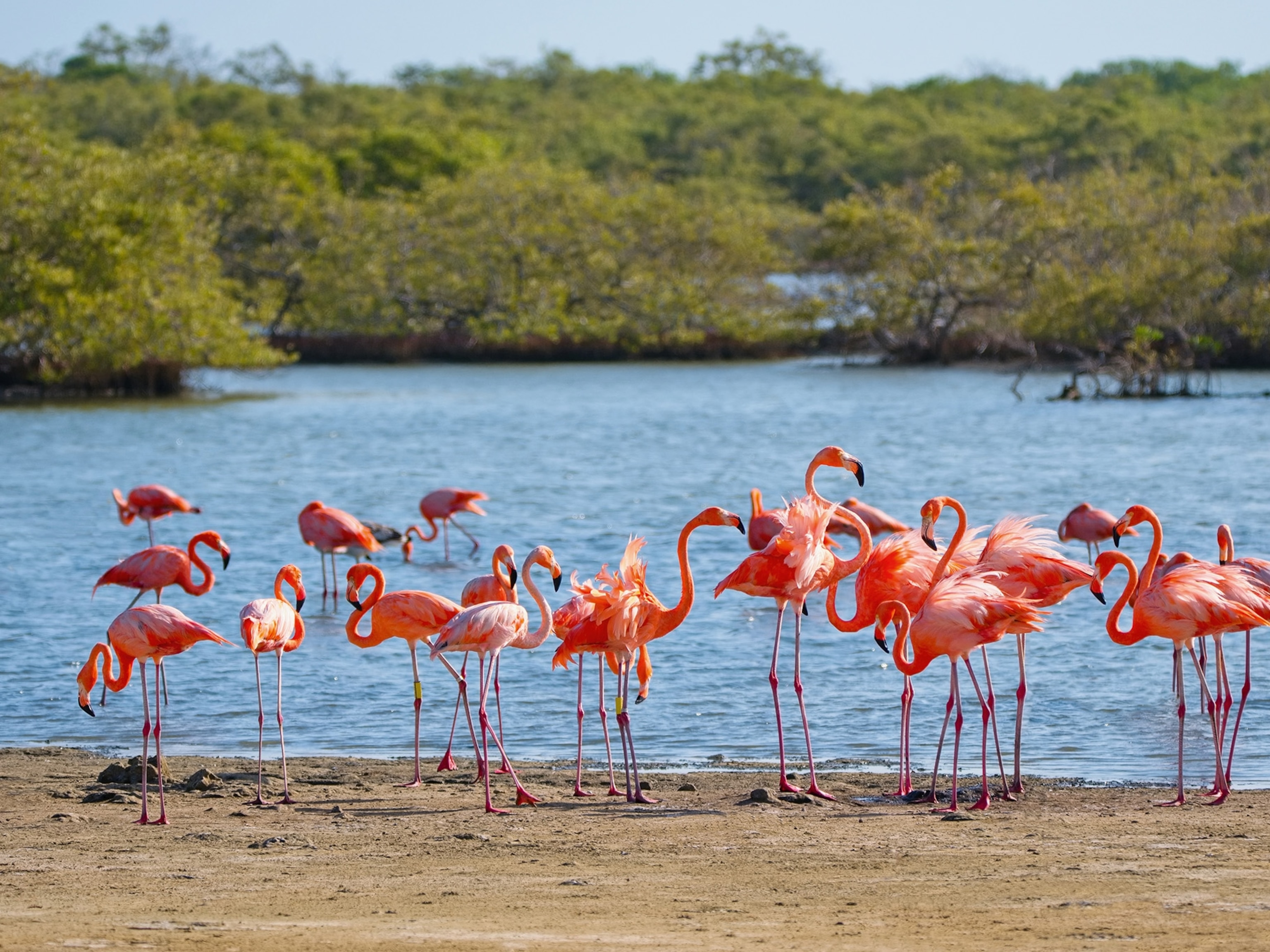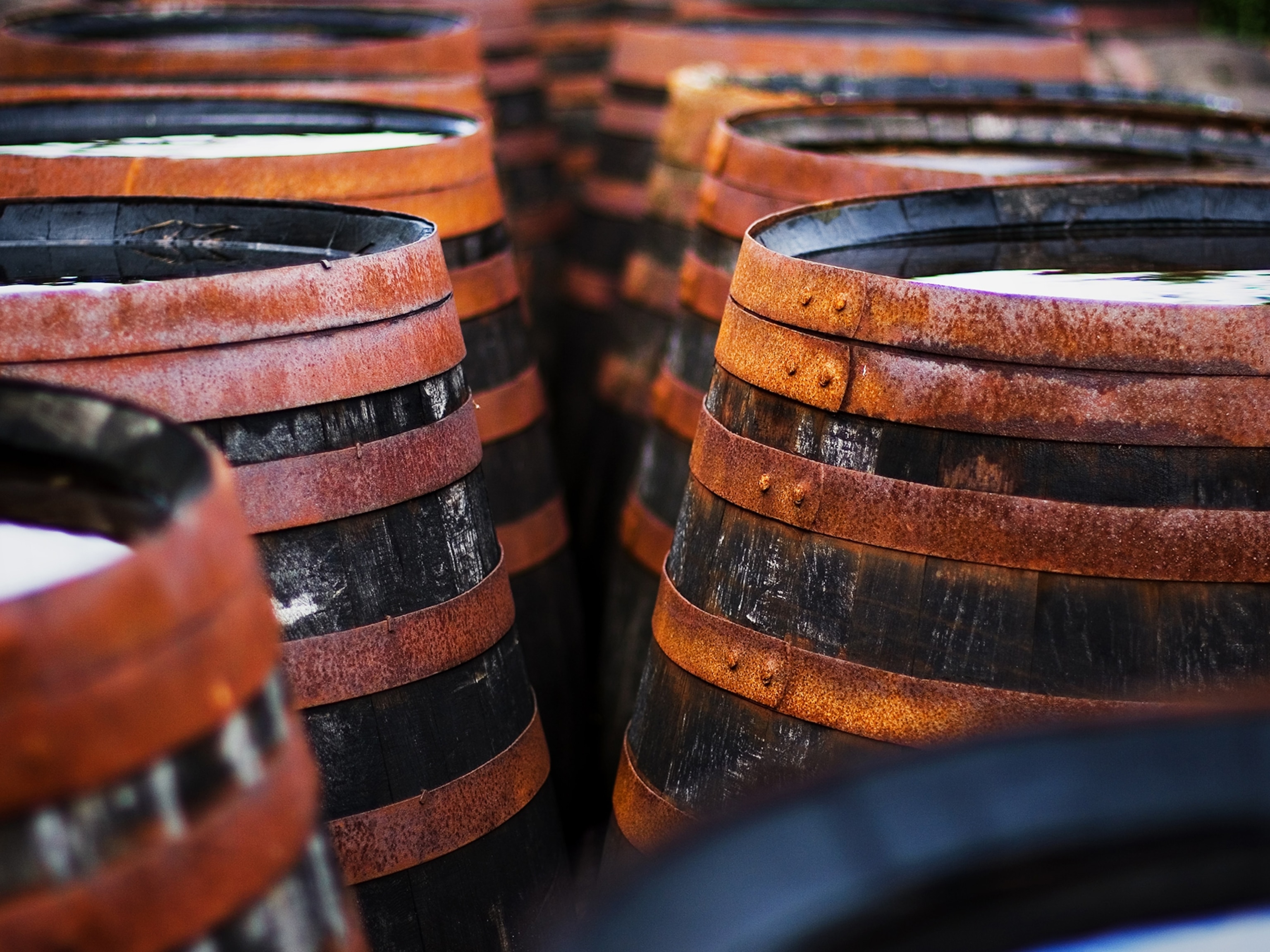
Liquid sunshine: everything you should know about Caribbean rum
From traditional 17th century distilleries to beachside rumshacks, the story of rum in the Caribbean is woven into the DNA of the region.
Sipped against the soundtrack of the breeze gently riffling through palm fronds, the tinny ring of reggae through blown-out speakers and the slap of domino tiles on tables, rum somehow just tastes better in the Caribbean.
(A beginner's guide to spiced rum)
After all, this is where the spirit was born, on islands that differ wildly in heritage, culture and, consequently, styles of rum. The Caribbean’s tropical climate may be perfect for the cultivation of sugarcane, but the creation of this decadent spirit in the 17th century wouldn’t have been possible without the unique combination of cultures involved in the industry.
Today, rum is as omnipresent as ever, with the region home to historic distilleries using the same techniques they’ve used for hundreds of years, alongside newer, high-tech producers. The spirit is still a major part of the Caribbean’s most important expressions of identity, from carnivals and festivals, to more personal moments such as births and funerals. It’s sewn into the DNA of Caribbean life. And for visitors, there’s much to explore.
Island spirit
In Jamaica, rum is there for life’s big moments; from a little splash to wet the baby’s head at a christening to marking the ninth night after a death with toasts and stories.
In Trinidad, meanwhile, on any given night you’ll find crowds lining Ariapita Avenue’s many bars, rum in hand. During carnival time on the island, it’s the Jab Molassie you need to keep an eye out for. These demons are an important part of the culture, with locals donning devil horns and gigantic wings in honour of them. The tradition dates back to when freed slaves marked the carnival celebrations by covering themselves in the molasses from rum production. In Haiti, meanwhile, a splash is still poured out to appease the spirits and as a gesture of respect ahead of a Vodou ceremony.
“What made rum different from Asian sugarcane spirits or cachaça in Brazil — which people were drinking 100 years before — was the culmination of different people,” says Ian Burrell, creator of the world’s first international rum festival, UK RumFest.

Once sugar production was established across the Caribbean, there was a need to make money from its by-product, molasses. Rum is first mentioned in records from Barbados in around 1650, although it it was likely to have been produced beforehand across the islands. Its evocative early names indicate the strength of the spirit back then. They include ‘kill-devil’ and ‘rumbullion’, the latter of which means a great tumult or ruckus — a sentiment anyone who’s ever sipped rum straight off the still can relate to.
“Enslaved Africans brought to Barbados were used to making drinks from fermented produce,” says Burrell. “They were even using fermented molasses already. And then you had Europeans with distillation knowledge, who were able to distil that fermented sugarcane and fermented molasses and turn it into the spirit of rum.
“It was that know-how and spirit of sharing that came from everyone living in the Caribbean environment, drinking kill-devil together, which became part of local drinking culture. That was then transported all around the world, as it became an important currency for Europeans,” he adds.
Three essential distillery tours
It makes sense to start at the very beginning, which, for rum, is Mount Gay. Visitors are guided through every stage of the rum-making process and the original 1703 buildings. Opt for a cocktail masterclass, a tasting of premium rums, or a chocolate pairing.
2. River Antoine Rum Distillery, Grenada
Little has changed over the centuries since this waterwheel-powered relic was constructed in 1785. Its original machinery — from giant cast-iron cogs to hand-fed cane crushers — is said to have been in continuous operation ever since. The resulting rhum agricole, Rivers, is a delicious tribute to tradition.
3. St Lucia Distillers, St Lucia
At St Lucia Distillers — maker of Chairman’s Reserve, Admiral Rodney and Bounty rums — visitors can choose from over 25 rums, from overproof whites to cream liqueurs. You can also visit the cane fields during harvest (April to November) or sign up for The St Lucia Rum Experience, a great tour of the estate launched last year.
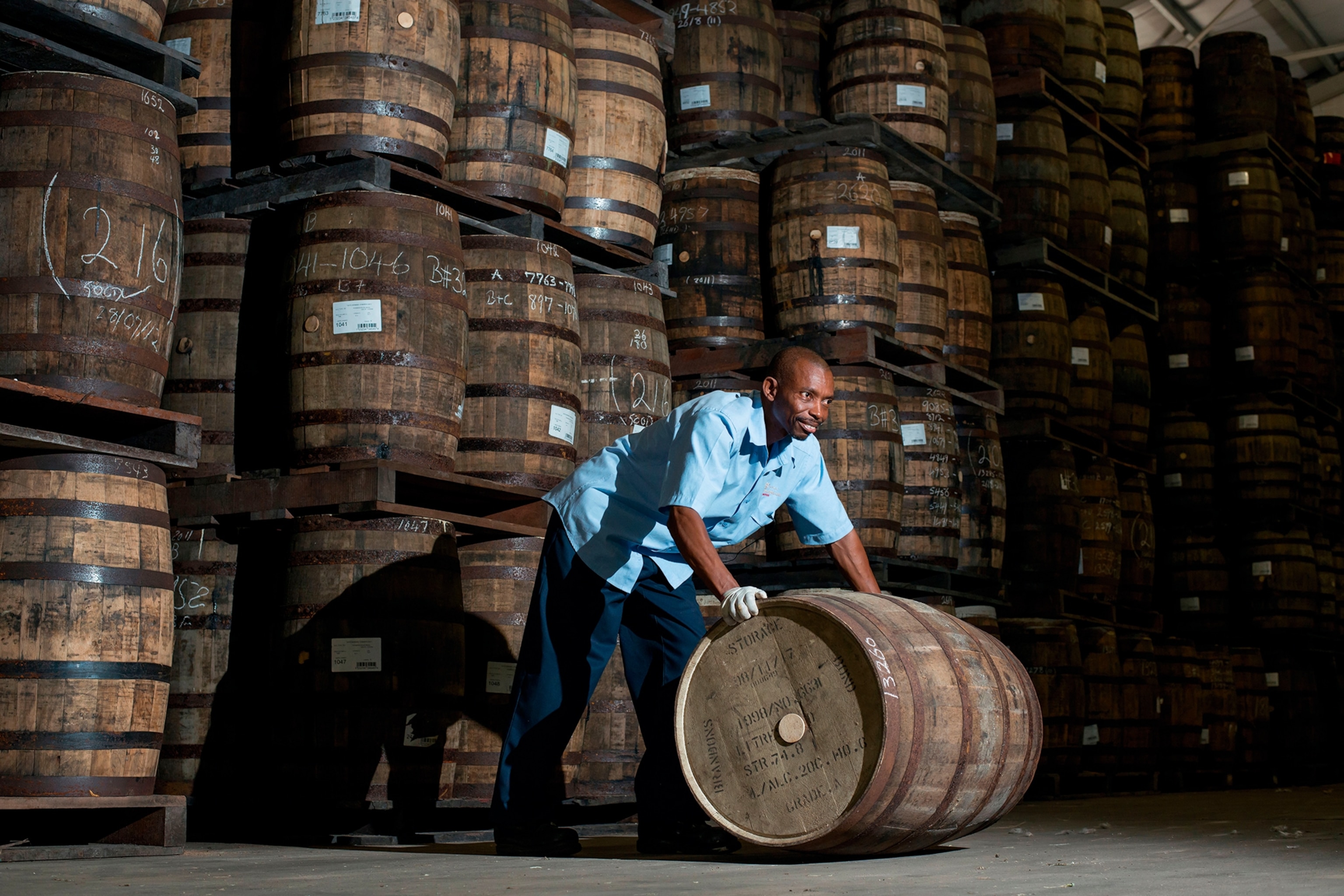
Cocktail of influences
The push and pull of commerce, the demands of local tastes and distinct colonial legacies meant rum styles evolved quite differently from island to island.
“If you want to know more about the type of rum from an island, all you need to do is get under the skin of its music, its food and its general culture, and you can always draw a straight line to the kind of rum that’s drunk there,” says rum expert, and Plantation Rum brand ambassador Paul McFadyen.
For thirsty travellers, that means there are several important ports of call, starting with Barbados. Hailed as the birthplace of rum, the still-operational Mount Gay Rum Distillery, built in 1703, is believed to be the oldest commercial rum distillery in the world. Available as both pot- and column-distilled varieties, Barbadian rums tend to be notably well balanced — not too heavy, not too light.
The situation is very different on Jamaica, another former British colony. “Sonically, Jamaica is reggae, reggaeton and dancehall,” says McFadyen. “There’s a lot of national pride imbued in the music, which is loud and tonally rich. Similarly, the food is Scotch bonnet-laced and bold. Surprise, surprise, their rums are rich, full, and very loud on the palette and well suited for bold rum punches.”
The most gnarly Jamaican rums pack an olfactory punch, colloquially referred to as the ‘funk’ (think overripe bananas). Producers there have historically used long fermentation periods to allow these bold flavours to develop, which are dialled up even higher when distilled.

Then there’s Appleton Estate, the oldest producer on the island. Made in the lush Nassau Valley from sugarcane grown on its 11,000 acres, its taste is purposefully a little softer. Venture to the visitor centre and you’ll find out how the distillery’s location amid a landscape of forests, rivers and conical limestone peaks influences the final product. While some Jamaican rums are fermented for up to three weeks, Appleton favours a period of just 36 hours.
“Rum is an extremely important part of Jamaican culture,” says Appleton Estate master blender Joy Spence. “A bottle is found in every home in Jamaica and has many uses, from cocktails to cuisine to cultural traditions. It’s not Jamaica without rum. Like many products that come from agriculture and are developed over time, the style is often evolved rather then settled on. Our rums are distilled in a custom-designed copper pot still that imparts a distinct orange-peel top note.”
Daily rain showers flow through the karsts and into the water stored within, so there’s no need for artificial irrigation for growing sugarcane. “Additionally, the water we use for distillation comes from a beautiful spring on our estate, which is the origin of the Black River. It has a sweet, soft taste that has an impact on the flavour and aroma profile of our rums,” she adds.
Venture to neighbouring Cuba or other former Spanish colonies such as the Dominican Republic or Puerto Rico, meanwhile, and the style leans sweet. Made using column stills, the rums are more delicate too, perfect for a daiquiri or mojito on humid nights. And, across the French-speaking islands of Guadeloupe, Martinique and Haiti, a different style of rum emerged. Rhum agricole eschews the use of molasses, instead using fermented sugarcane juice, resulting in grassy, herbal notes. It’s best tasted in a traditional ti’ punch. Made with just rhum agricole, lime and sugarcane juice, it’s one of the best ways to keep those delicate, delectable notes intact.
Top five rum bars in the Caribbean
It’s good vibes only at this easy-breezy rum shack with a sterling selection of bottles, where owner Andy also serves up the catch of the day, often including lobster, conch or octopus. Visit on a Friday, when the Gros Islet Fish Fry turns the neighbouring streets into a lively block party.
2. Floyd’s Pelican Bar, Jamaica
Maroon yourself atop a sandbank and sip punch while playing dominos with the locals at this ramshackle bar made from driftwood. Initially built as a hangout for fisherman Floyd and his friends, it’s located a mile out to sea and is reachable by boat from Treasure Beach or Black River.
Combining global cocktail culture with local beach bar vibes, La Cabane fuses the rustic with the luxurious. Order its numerous takes on a rum punch.
It’s only a matter of time before Ernest Hemingway makes an appearance in any conversation about rum. Reportedly one of the famously thirsty writer’s favourite haunts, this 200-year-old bar is credited as being the birthplace of the daiquiri. So it’s clear what to order.
Show up at sunset and watch cliff divers test their nerve just outside this bar and restaurant. The Negril Cliffs have attracted thrill-seekers since the 1970s, and there are few better ways to watch them than from the safety of your seat with a mojito in hand.
Looking forward
Like anything else, rum has been shaped by the passage of time. The decline of the sugar industry and the transformation into a global business dominated by a handful of multinational corporations has led to a steep decline in the number of independent producers, particularly in smaller destinations. For example, at the peak of production in Guyana, there were 300 distillers. Today, there’s just one.
Still, there’s hope, courtesy of a new wave of emerging producers pushing creative boundaries and making high-quality rums. One of the most prominent is Foursquare, in Barbados. The owners, the Seale family, have been involved in rum production since 1820 and launched this brand in the 1990s. Their distillery produces a variety of rums, including some aged in either bourbon or sherry casks to impart unique flavour profiles.
Elsewhere, in Grenada, the Renegade Rum Distillery is making waves. It began production in 2020 and is on a mission to explore the potential of different sugarcane terroirs. Renegade has spent the past seven years reintroducing the crop across the island for its ‘single cane’ rums, which will reflect each grow site, ranging from those with hilly terrain and volcanic soil to others that are sandy and often low-lying.

There are also new tours launching. The beachside West Indies Rum Distillery in Barbados, which makes Plantation, Cockspur and Malibu, among others, is set to open to the public for the first time in its long history later this year.
“We want to open ourselves up so people can come and see everything that we’ve done over the last past 130 years,” says Lorcan O’Duffy, global rum marketing manager for owner Maison Ferrand. “We have a ridiculous vault that we discovered during renovation works, an archive of patents for stills, recipes, and notes from master distillers. We want to share that and bring some of it back to life.”
For one of the most traditional experiences of Caribbean rum, though, you need to head to one of the many rum shacks for which the region is famous. Time seems to stand still at these typically humble-looking establishments, which are popular with both locals and visitors. As well as good company, you’ll likely find homemade spiced blends you won’t find anywhere else.
“I just love going to little rum shacks,” says Burrell. “They’re usually family-owned. You sit down, drink a rum and gossip. Those are my favourite places to drink rum. I just love the community spirit. You get your bottle of rum and your bottle of mixer and some ice, and then you just drink away with friends. Because that’s the best way to drink rum — with friends.”
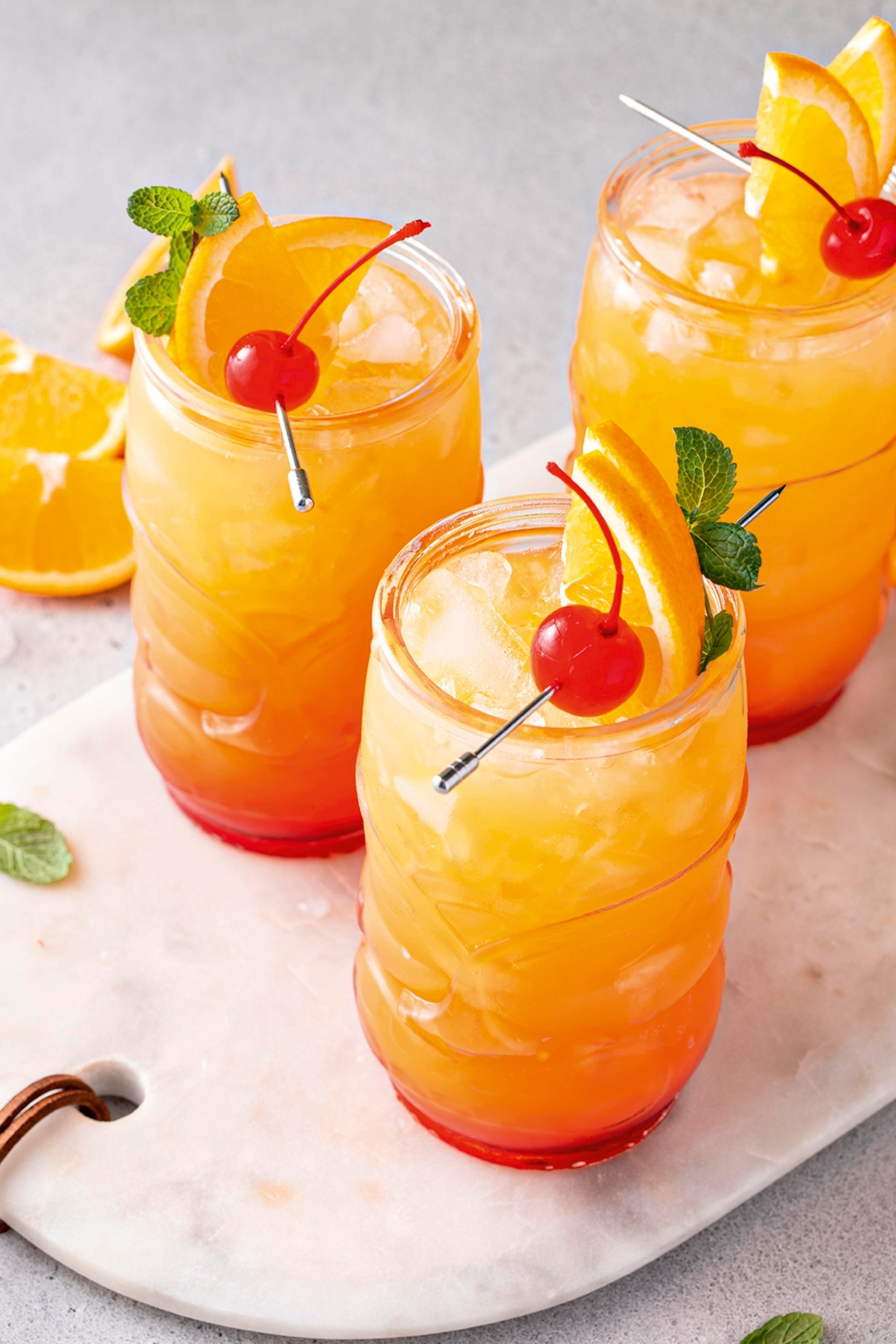
There’s no rum cocktail quite as ubiquitous as the rum punch. Each island (or even household) has its own take, with every bar claiming to have the best recipe. To enjoy it in its simplest, purest form, you need only follow the Caribbean adage of ‘one of sour, two of sweet, three of strong, four of weak’ and you can’t go wrong.
100ml white rum
50ml dark rum
100ml pineapple juice
100ml mixed fruit juice
50ml lime juice
Shake over ice and add a pinch of cinnamon or ground nutmeg, as desired.
To subscribe to National Geographic Traveller (UK) magazine click here. (Available in select countries only).
